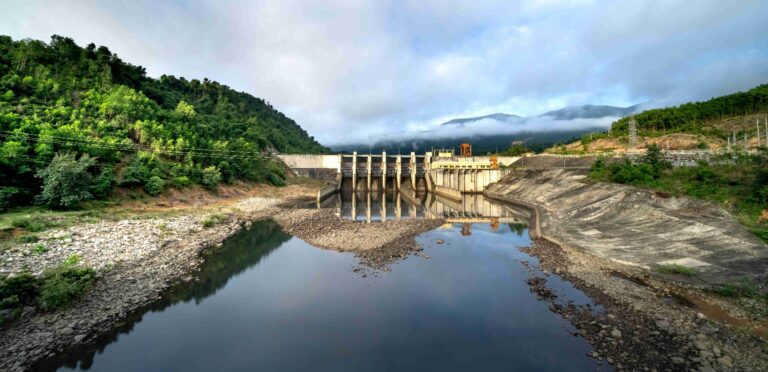Sustainable living encapsulates a paradigm shift, akin to a ship navigating away from tumultuous seas towards the safe harbors of ecological harmony. Through intentional choices, individuals and communities not only mitigate the adverse impacts of modern life but also cultivate a renewable rapport with the earth. This exploration delves into the multifaceted environmental benefits of sustainable living, illuminating how such practices foster a sustainable future for generations to come.
At the forefront of sustainable living is the reduction of carbon emissions. The modern industrial lifestyle, characterized by its relentless consumption of fossil fuels, is a primary contributor to climate change. By adopting sustainable practices—such as utilizing public transportation, cycling, or walking—individuals can significantly diminish their carbon footprints. Each choice serves as a poignant reminder that minimizing energy consumption is the first step towards a greener planet. The metaphor of a small pebble creating ripples in a still pond becomes evident; individual actions, though seemingly inconsequential, collectively engender profound ecological impact.
Moreover, embracing renewable energy sources profoundly alters the environmental landscape. Solar panels basking in the sun’s golden rays and wind turbines dancing in the breeze exemplify the innovation embedded in sustainable living. Transitioning from non-renewable to renewable energy promotes a decrease in habitat destruction and air pollution. By harnessing natural forces to produce energy, we protect the biotic community, allowing flora and fauna to thrive. This synergy between humanity and the environment fosters a biodiverse ecosystem, where every organism plays a critical role, much like a sophisticated symphony where each instrument contributes to the overall harmony.
Water conservation is another paramount benefit of sustainable living. The world faces a looming freshwater crisis, accentuated by over-extraction, pollution, and climate change. Practices such as rainwater harvesting and xeriscaping serve not only to conserve water but also to maintain the integrity of aquatic ecosystems. The metaphor of a flowing river emphasizes the necessity of intertwined relationships; healthy water bodies rejuvenate surrounding lands and sustain myriad species. Sustainable living aims to preserve these lifeblood systems, ensuring that future generations can flourish in balance with nature.
Additionally, sustainable living promotes responsible consumption, whereby individuals consciously choose to procure goods that are ethically sourced and environmentally friendly. The fashion industry, for instance, presents a poignant example; fast fashion contributes to rampant waste and pollution, whereas sustainable brands prioritize eco-conscious materials and fair labor practices. The essence of sustainable living lies in understanding the lifecycle of products—from production to disposal—and making choices that lessen environmental degradation. Much like a diligent gardener, cultivating an appreciation for sustainability allows individuals to nurture their environment, cultivating resilience and adaptability amidst changing climates.
One cannot overlook the role of agriculture in sustainable living. Traditional farming practices often entail the overuse of fertilizers and pesticides, leading to soil depletion and biodiversity loss. Conversely, sustainable agriculture focuses on methods that enhance soil health, such as crop rotation, organic farming, and permaculture. These practices not only yield quality produce but also act as stewards of the land, enriching and restoring the earth with each harvest. This rapport resembles the nurturing relationship between a caregiver and a child, where each party contributes to the well-being of the other. Such reciprocity fosters a sustainable cycle of life, underpinned by respect for natural processes.
Furthermore, biodiversity conservation is intricately linked to sustainable living. A biodiverse ecosystem is resilient; it can better withstand environmental changes and threats, such as invasive species and climate fluctuations. Sustainable practices, including the preservation of natural habitats and the restoration of ecosystems, ensure that diverse biological communities remain intact. Here, the metaphor of a living tapestry unfolds: every species is a unique thread, interwoven to create a vibrant and resilient fabric of life. Protecting this tapestry is not merely an act of conservation; it is an investment in the planet’s future.
Another vital aspect of sustainable living involves waste reduction through practices such as recycling, composting, and the use of bio-based materials. As the global population burgeons, waste generation escalates, leading to overflowing landfills and toxic pollution. Sustainable living champions the circular economy, wherein waste is reimagined as a resource rather than an endpoint. Engaging in mindful consumption and waste management reflects an understanding of interconnectedness; discarded items often have the power to be repurposed or rehabilitated. This circular approach mimics the cycles found in nature, where nothing is wasted, and every element contributes to the greater whole.
A final and equally significant benefit of sustainable living is the promotion of community engagement and education. Collective efforts to adopt sustainable practices galvanize communities, fostering social cohesion and resilience. Informing individuals about the environmental impacts of their actions cultivates a culture of stewardship and responsibility. As communities band together, they create a ripple effect, inspiring broader societal change. This collective action is akin to a powerful current in a river, charting a course towards sustainability as all members contribute their strengths towards a common goal.
In summary, the environmental benefits of sustainable living resonate through the fabric of our existence. From reducing carbon emissions and conserving water to promoting responsible consumption and cultivating biodiversity, sustainable living emerges as a beacon of hope. Each action ripples outwards, fostering a harmonious relationship with the earth. In embarking upon this journey towards sustainability, individuals not only safeguard their own futures but also honor the intricate web of life that sustains us all.










